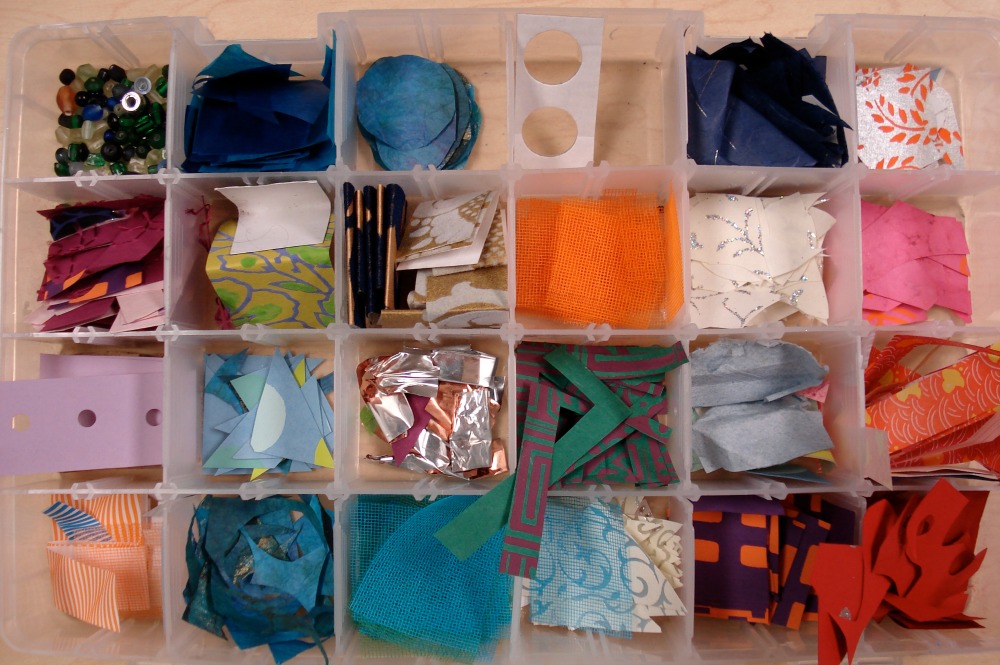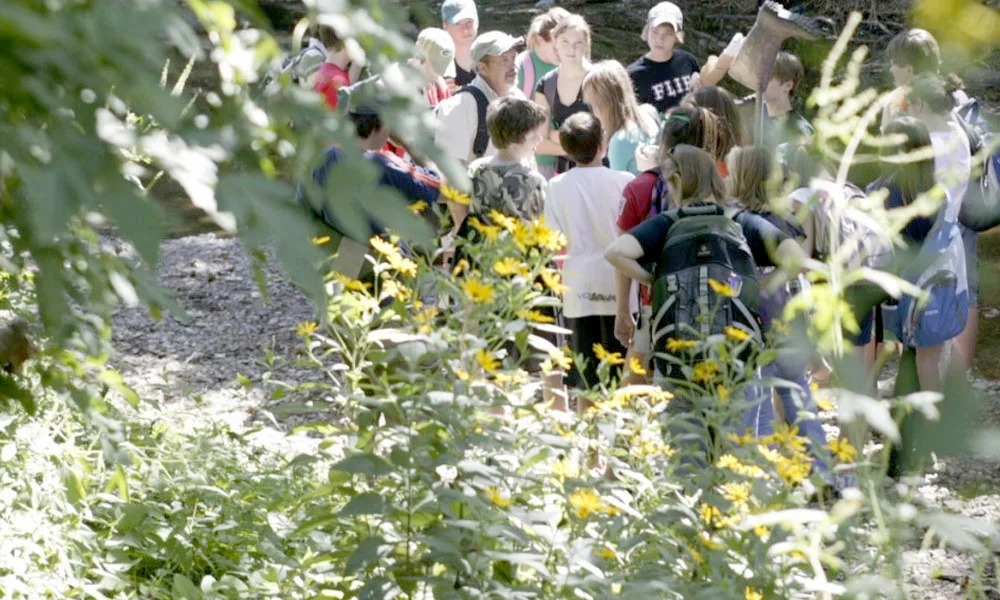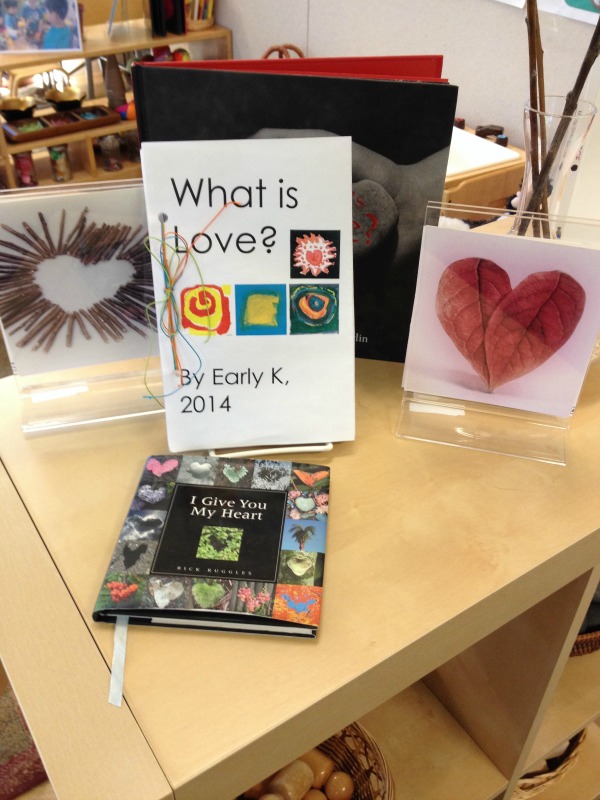 I am about to co-teach a course: Environments and Materials in Reggio Inspired Teaching and Learning at Lesley University and about to see the second edition of our book, In the Spirit of the Studio: Learning from the Atelier of Reggio Emilia come out next week... so, I have been thinking a lot about the whole idea of materials and what they mean to me and have come to mean to many with the perspective of the work in Reggio Emilia.
A central thread in Reggio Emilia is aesthetics and the power of materials...paint, pens, pastels, clay, stones, shells, sand, earth, leaves....to hold meaning together, to prompt connections, stories, exchange, pleasure and wonder. Playing with the stuff of the world... the pigments, the earth itself, the fibers and filaments, the graphite and charcoals...all of it of the earth and from the earth, gives us human beings the chance to make marks and make meaning in many forms. This is never so clear as it is in Reggio Emilia, Italy in the municipal schools for young children. What a wonder to live now and to take inspiration from Reggio Emilia as many of us do all around the world.
I am about to co-teach a course: Environments and Materials in Reggio Inspired Teaching and Learning at Lesley University and about to see the second edition of our book, In the Spirit of the Studio: Learning from the Atelier of Reggio Emilia come out next week... so, I have been thinking a lot about the whole idea of materials and what they mean to me and have come to mean to many with the perspective of the work in Reggio Emilia.
A central thread in Reggio Emilia is aesthetics and the power of materials...paint, pens, pastels, clay, stones, shells, sand, earth, leaves....to hold meaning together, to prompt connections, stories, exchange, pleasure and wonder. Playing with the stuff of the world... the pigments, the earth itself, the fibers and filaments, the graphite and charcoals...all of it of the earth and from the earth, gives us human beings the chance to make marks and make meaning in many forms. This is never so clear as it is in Reggio Emilia, Italy in the municipal schools for young children. What a wonder to live now and to take inspiration from Reggio Emilia as many of us do all around the world.
Vea Vecchi's book, Art and Creativity in Reggio Emilia is a must read for those of us who want to peek into the real world of aesthetics and learning as it has evolved in Reggio Emilia. Margie Cooper's chapter in the newest and third edition of The Hundred Languages of Children, "Is Beauty a Way of Knowing?" synthesizes and interprets a talk by Vea Vecchi that is the foundation of much of the work in Reggio Emilia. All of the publications from Reggio Emilia communicate in myriad ways through many learning stories the power and pleasure that materials of all kinds hold for students and adults.
We have shared a list of basic materials in different contexts and for different reasons. We are now sharing it with the students in the Lesley course that begins this weekend.
We share it here to remind you what you might need and what you could look for. The list is not complete by any means but it is a good start. Have fun and never doubt that some good pens and some soft colored pencils in the hands of children, over time, will inspire and amaze you.
Suggested Materials
These are basic suggestions for ordering materials to use with children. Several sets of colored pencils should last a class of 20 children a school year if they are treated well. You do not need to order a set for each child. Soft, high quality colored pencils are a pleasure to use and produce results that do not compare to low quality, hard student sets of 12 pencils. The same is true of other materials.
These are brands that we find reliable and good. There are others that are also fine. Experiment and have fun. It should not cost so much more in the end, and you, as a teacher or parent, will become more educated and refined in making choices. Remember that these are beginning basic suggestions and only suggestions. We order most of our materials from Dick Blick: 800 828 4548, www.dickblick.com
Drawing:
Fine line black pens: Permanent black Sharpie pens
Prismacolor colored pencil-set of 36 or more
Pentel fine markers-set of 24 or more
Drawing pencils in HB, 2B, and 4B (hard to soft)
Kneaded erasers
Painting:
Pelican Gouache-12 color set
Water color sets-16 color set
Dick Blick medium grade tempera (Order as many colors as you can afford and then mix new colors. We use jelly jars to mix colors.)
Brushes:
Economy camel hair for tempera, sizes 4, 6, and 8
Assorted sizes of brushes for watercolor and gouache
Sponges for blotting
Papers:
Basic white drawing paper in 9x12, 12x18 for drawing, and 18x24 for tempera painting
Textured grays, and off whites
Vellum for painting, marker, qouache and colored pencil
9x12 Biggie Junior watercolor pad
tissue assortments
foil assortments
origami paper
decorative collage paper
corrugated cardboard and other mat board scraps for collage and paper sculpture
Glue:
Elmers gel glue
Glue stick
Hot glue for heavy objects
Wire:
Twisteez colored wire
Aluminum, copper, brass, fine and medium gauge from local hardware stores
Beads, buttons, sequins, shells, yarns
Beautiful Stuff to collect with children and families:
Sequins
Unmarked envelops of all sizes
Stamps, wildlife and others
Unused postcards, cards and stationary
Beads
Buttons
Fasteners (paper clips, brass fasteners and grommets)
Hardware (rubber and metal washers, screws, nuts and bolts)
Clean rubber or plastic tubing, clear tubing
Snaps, zippers, eye hooks, thimbles
Cord, tassels, threads
Ribbon, lace
Lace
Interesting wooden pieces
Rubber stamps
Old keys and charms
Silk or dried flowers
Leather strips
Dowel rods
Plexiglas or mirror pieces
Springs
Doilies
Colored straws
Corks
Cellophanes
Twigs, acorns, seedpods, shells, dried leaves, flower petals
Sources:
Basements, junk drawers, garages, sewing boxes
Flea markets
Hardware stores
Craft supply stores
Gardens and woods
Party supply stores
IKEA
Craft supply stores









